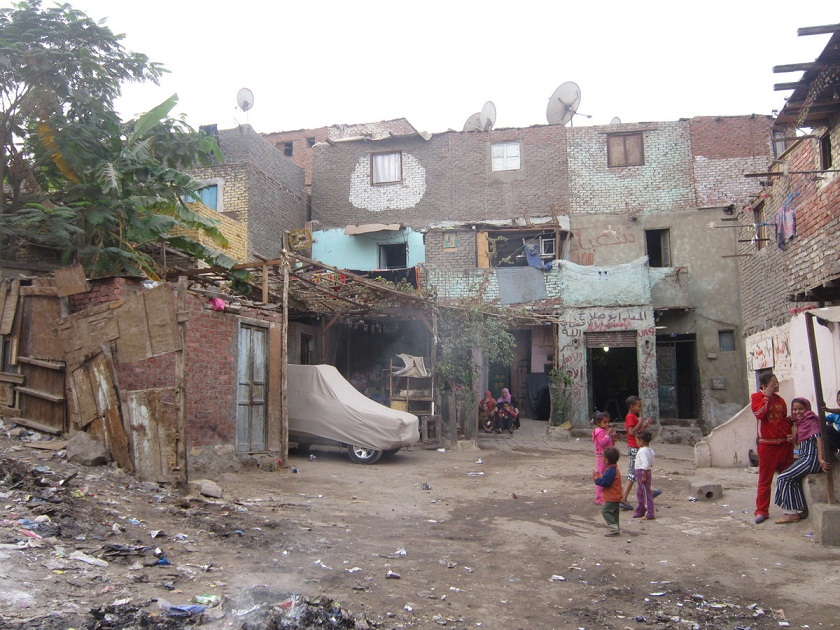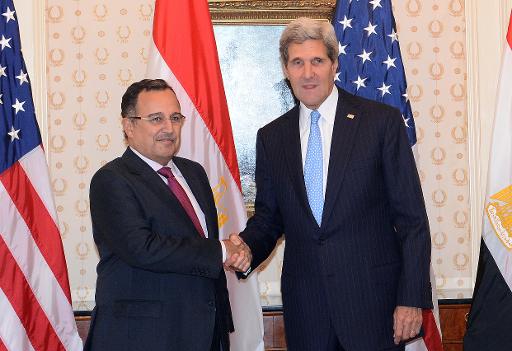
Sarah El Masry
Early marriage was raised in public discourse recently. Nader Bakar, the spokesperson of Al Nour party, which supports early marriage, looked to the United States in defence of the party’s position. “In the state of New Hampshire the age of marriage is 14 with parental consent and in California marriage is not dependent on age, but on parental consent,” he told his party’s conference.
The irony of a Salafi looking to the US as a role model was not lost on critics, who further more pointed out how decontextualised his statement was. The differences between the US and Egypt rendered the comparison meaningless they argued. Enforced federal laws to prevent child abuse, a developed health care system and governmental agencies that offer child protection in the US contrasts sharply with Egypt’s own struggle to enforce child marriage laws and create institutions to safeguard women.
A survey published this year by the National Council for Women illustrated the scale of the issue of early marriage in Egypt. It found that 22 per cent of girls were married before they were 18. In the governorates of Port Said and Fayoum, this figure increased to 38 and 31 per cent.
The issue of early marriage is usually framed in terms of a religious versus secular debate. However the reality is significantly more complex, involving an interplay of cultural norms and traditions with poverty and illiteracy.
Like mother, like daughter
It’s noon and the road to Doweika, a poor neighbourhood in Cairo, is crammed with cars, microbuses and tuk-tuks spewing choking exhaust. Reaching the hills, the microbus stops and the uphill walk begins. The gradient is socio-economic as well as physical. Four-storey buildings and paved streets give way to shacks and paths and a sea of rubbish.
Nora’s family lives here. Om Sameh, Nora’s mother, sits on a plastic chair on the porch of the apartment, feeding the ducks and chickens that scratch in the dust outside. Inside the apartment, a young girl, tall for her age, hurriedly covers her hair and opens the door. When Nora notices that guests accompany her mother, she rushes to tidy the sofa and the rest of the tiny living room. Though the apartment is small and wretched, Om Sameh’s family have made an effort to decorate it by hanging a large portrait of Nora’s beautiful face. Finished her chore, Nora stands in the hallway, shyly listening while her mother discusses her engagement.
The family originally migrated from Fayoum to Cairo after Om Sameh was married at the age of 14. She became pregnant four years later. She miscarried but a year after she gave birth to Sameh, the eldest of her four children.
Among her own family and relatives Om Sameh says she would have been ostracised had she remained unmarried beyond the age of 17. “I wouldn’t have left my family because whatever you do people will talk to dishonour you in a way, that’s why I preferred for Nora to get married as early as I did; to protect her chastity.”
She says, “in our norms and traditions, because we’re originally from a rural area in Fayoum, the girl gets married early because if she passed 16 years old she is said to be a spinster and has missed the right age for marriage.”
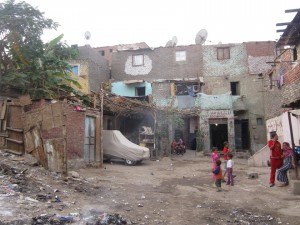
Sarah El Masry
UNICEF defines marriage under the age of 18 as child marriage. Dalia Mansy a project manager at Hawaa El Mostaqbal Association, an NGO that works to raise awareness of early marriage, explained that culture is the dominant factor in early marriage. She said, “the culture of some communities in Egypt is that when a girl hits puberty and gets her period, she should get married to her cousin or a relative.”
Zeinab Heada is a gynaecologist and a senior technical adviser for the women’s rights program at Care international in Egypt. She works on a project dealing with early marriage in Menya. She explained, “at first we thought the problem was poverty. However, the more we dug into it, we found out that the local culture propagates this type of marriage in which the family of the girl plays a central role and illiteracy perpetuates the problem.”
Straight from school into marriage
Om Sameh did not go school. No one in her family believed in education for girls. But for her daughter, she thought Nora should at least learn how to read and write.
“Nora is leaving school by the end of the year, by that time she would have completed her primary education,” she says. “This reassures me that at least she has learned reading and writing in case something – God forbid – comes up in her marriage she could work with that level of education.”
Nora cried when she learned she was leaving school. Her mother says she is not afraid of getting married but Nora’s expression doesn’t support the assertion. Nora remains silent however.
Defensively Om Sameh says, “if her father stops working for whatever reason, I can’t do anything. I can barely go out and buy things on my own. I didn’t want her to be like me. With some education she can work, if circumstances force her to. I didn’t want her to have my experience so I insisted she finish her primary education at least.”
She looks wistful listening to her mother talk about her leaving school. However Nora insists she’s happy about the engagement. “I told my classmates about it… some of them are engaged as well and are getting married at the end of the year like me.”
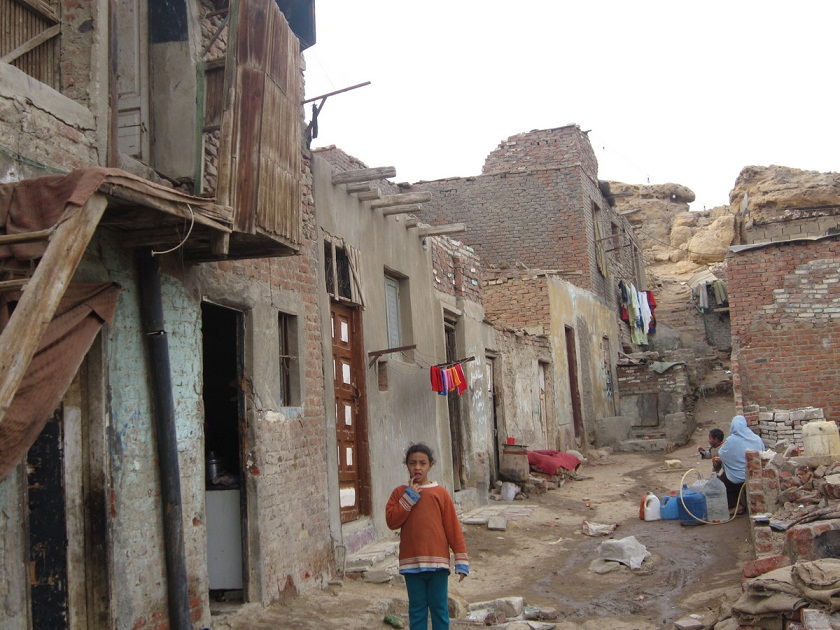
Sarah El Masry
Nora doesn’t know much about her fiancee and speaks shyly about what she does know. “He is 18 and he has a job with a daily wage. He didn’t go to school.” She seems happy that she has more education than him.
Largely inhabited by rural migrants, the demographics in Doweika are similar to the other overcrowded villages around Cairo. In Kafr Hegazy, a village two hours from Giza, an informal survey conducted on any given afternoon suggests that the majority of girls in the street are either engaged, married or mothers already: Amira married at 15 and pregnant at 16; Shimaa married at 14; Amal engaged at 13; Manal, 20, two children already, married at 14. Their stories all echo Nora’s, with only minor differences.
They did not even reach middle school. Manal, tried to convince her husband to let her attend literacy classes, but he refused, asking her to save her energies for the children and the house.
Ashraf works at the health unit in Kaf Hegazy. He married his daughter off when she was 14 or 15. “She was beautiful and I gave her the choice,” he says. “I asked her if she wanted to continue her education or get married. She chose the latter and the right suitor was there, so I did not hesitate.”
Legal loopholes
In 2008 an amendment to child protection laws raised the legal age of marriage to 18. However legal loopholes render it largely unenforceable.
Om Sameh will be using one of those loopholes to arrange Nora’s marriage. To enable her to marry legally, Om Sameh will change Nora’s name on her birth certificate. They will go to the hospital and other governmental bodies and claim that they have lost Nora’s birth certificate and ask for a new one. She added, “they won’t know her true age because she looks much older than 13.
“I opted for changing Nora’s age instead of making urfi contract,” Om Sameh says.
An urfi contract is an informal contract between the two families that does not involve the state. While the community may accept that the couple is married, the state does not, and the girl misses out on any legal protection.
Heada says, “the problem with urfi contract is that the husband of the young girl signs this secretive contract with the parents of the girl, but if that paper is lost, there is nothing that validates the marriage or documents the children if there are any. Again this deprives the girl of her legal rights.”
Om Sameh realises this and says, “if Nora got pregnant, urfi contract are not guaranteed. Even though she is marrying her relative we still need to have an official paper for the baby to be registered.”
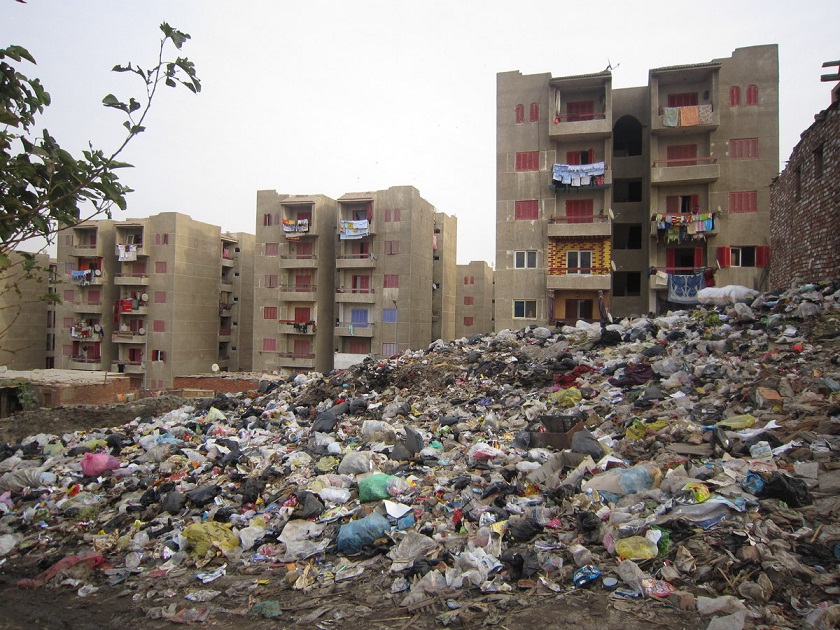
Sarah El Masry
Om Sameh has also rejected the idea of a zawag el-safka marriage. The term literally means a business contract and it is the worst type of early marriage. Often zawag el-safka marriages involve an underage girl and a much older man. The marriage contracts typically involve a payment to the girl’s family and specify the length of the marriage, from days or weeks to months. It is essentially child prostitution in the guise of a marriage.
“No, it has never been that way for us,” Om Sameh says. “We just marry out children early to protect them. Because Nora’s body is a woman’s body, she shouldn’t wait for too long.”
However not all parents share Om Sameh’s views on zawag el-safka, seeing it instead as an opportunity for their daughters. Abeer Ali is a project coordinator at Al Fostat Association, an NGO working on women’s empowerment and endangered children.
She says, “the families who orchestrate deal marriage don’t even know they are selling their daughters, they think they are insuring their future by making them marry rich Arabs who spend around EGP 50,000 on such marriage (buying gold, clothes and feeding the girl). What they don’t know is that the invalidity of the marriage Islamically and legally.”
The child of a child at risk
A child born of an early marriage faces diminished prospects. Health wise there are more likely to be complications, and legally they may face discrimination from the state.
A child under 18 cannot make a legal contract or enroll in the army. If they commit an offence they are treated as a juvenile. Physical, emotional and mental development is ongoing. A girl under 18 who becomes pregnant is at much higher risk of miscarrying and other pregnancy complications. Many of the girls in the villages have miscarried, and treat it as a fact of life.
Heada says, “pregnancy poses many risks not only for the girl but for her child as well. The child will have a weak build because of malnutrition and the weakness of the mother’s body.”
If a child is born of an urfi marriage, the state will not issue parents with a birth certificate. “Without a birth certificate, the baby cannot receive immunisation shots. The baby is then at risk of those same epidemics which Egypt has struggled to end, such as polio,” says Heada.
Boshara, a nurse at the health unit in Kafr Hegazy says, “in our village many of the girls are married before the legal age and when they get pregnant… However, no matter how they are taken care of they are negatively impacted physically and physiologically, especially if they miscarry.”
A girl married at a young age is also at a higher risk of abuse, physical and psychological. Not to mention the potential trauma of sexual relations. Often, they are not told what to expect, as was the case for Ahlam.
Married at a young age Ahlam says, “I didn’t know anything. My husband was much older than me. I used to get scared of him and hide under the bed or in the wardrobe. This would get make him violent and he would hit me. I would give up in the end, but it made me hate him.”
Om Sameh is unconcerned about the potential risks for Nora of marrying early. “We live by God and he helps us to get sustenance,” she says. She has four children herself and says, “it took me forever to convince Nora’s father to stop after four; he wanted more.”
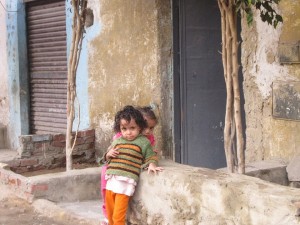
Sarah El Masry
Heada, Mansy and Ali work with NGOs, grassroots organisations and the government to spread awareness about the problems associated with early marriage, but it is not an easy task.
Mansy says, “people respond with resistance because you’re trying to alter the traditions and beliefs they have been living under for a long time. When the parents meet a suitable suitor for their daughter who is willing to pay a mahr, dowry, they marry their daughter to protect her, and, sometimes to get her off their hands.”
Sometimes Mansy convince girls who have suffered badly in an early marriage to hold focus groups and awareness visits to the houses of families who considering marrying their daughters young.
“Many early marriage cases do not work and these cases are used as good deterrents for parents who were planning to marry their daughter the same way,” Mansy says.
For Heada, focusing on education is a key to solving this problem. An educated girl is likely to break the cycle of early marriage because she is likely to want her daughter to be educated as well, which will keep the girl in school, lessening her chances of being married early.
UNICEF considered the correlation between women’s empowerment and child welfare. Almost all indicators showed a positive correlation and the report concluded, “healthy, educated and empowered women are more likely to have healthy educated and confident children.”
At the health unit in Kar Hegazy, there are many young women who work as social pioneers. They visit families and talk to them about early marriage and its risks for their daughters. Some families are responsive, but the larger population remains indifferent.
Om Sameh is aware of the problems that might come with Nora’s marriage, yet her husband’s stubbornness, her determination to preserve tradition and her indifference to the risks prevented her from saying no.
“Nora will be fine,” she says.
Nora stands next to her, a child inhabiting a woman’s body, and says nothing.
